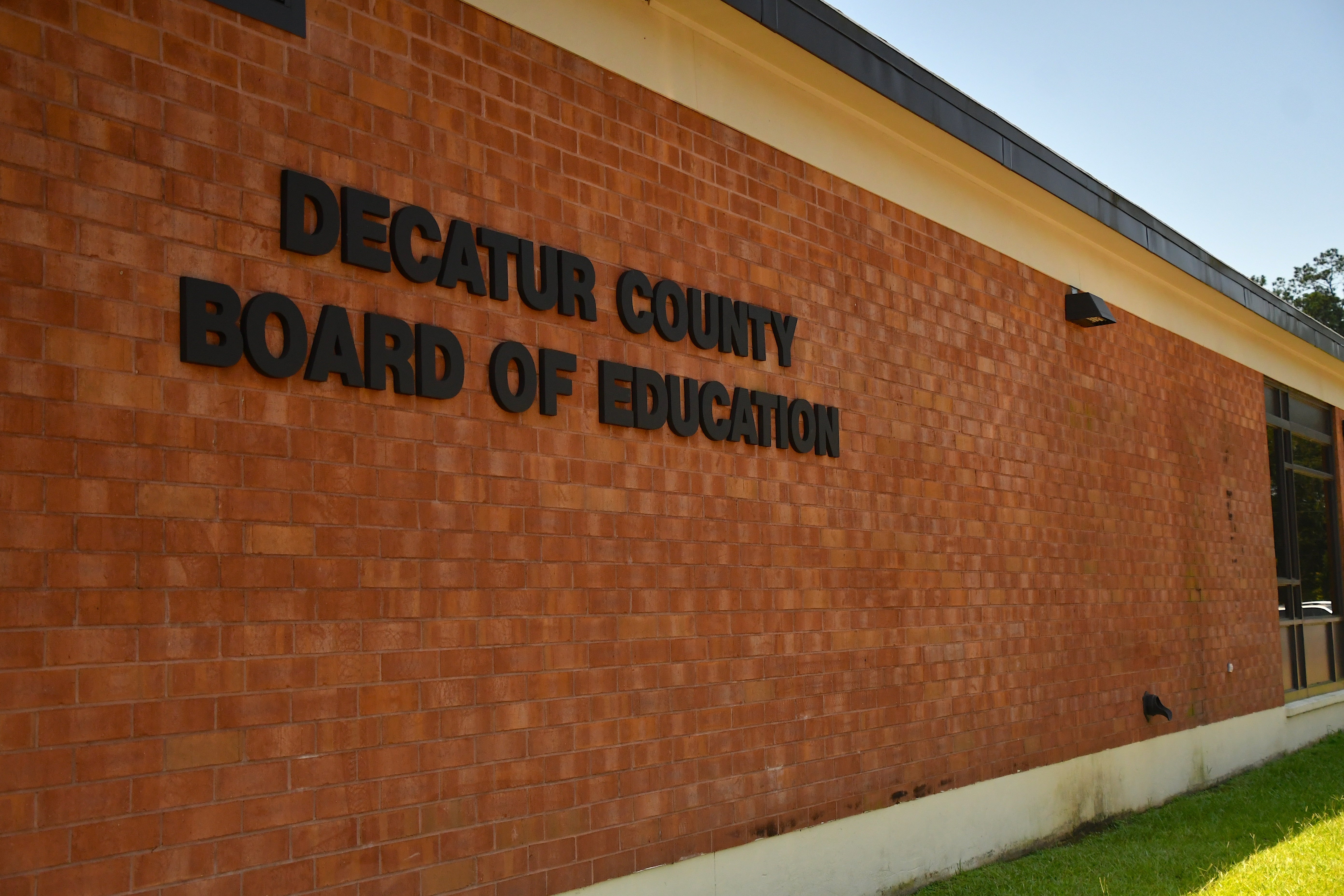Seven Decatur County schools on state’s ‘Beat the Odds’ list
Published 5:13 pm Tuesday, March 21, 2017
The Georgia Department of Education has announced the more than 1,000 schools that “Beat the Odds” over 2016 as well as their list of schools that Beat the Odds over a five-year span. Among the schools named were seven Decatur County Schools.
John Johnson Elementary, Jones-Wheat Elementary, Bainbridge Middle School, Potter Street Elementary and West Bainbridge Elementary School were all named schools that beat the odds for 2016. John Johnson Elementary and West Bainbridge Elementary School were named to the list that Beat the Odds over a five-year span.
In order for a school to “Beat the Odds”, the school must outperform what the state predicts their CCRPI score should be. CCRPI stands for College and Career Ready Performance Index and serves as Georgia’s statewide accountability system for schools. It grades schools on a 100-point scale based on multiple indicators.
The CCRPI prediction is set based on the school’s size, grade cluster, student mobility and student demographics.
West Bainbridge Elementary, Elcan-King Elementary and John Johnson Elementary School were also named High Progress Schools by the state, which means the school made the most progress in improving the performance of students over a three-year span.
“The recognition from the (state) Department of Education for our schools named high progress as well as beating the odds validate the hard work that is going on in the buildings everyday by teachers and leaders as well as students,” said April Aldridge, Director of Curriculum and Instruction for the Decatur County Board of Education. “It gives us encouragement and we look forward to seeing the continued growth and achievement that our boys and girls are experiencing.”
Aldridge attributes the success of the schools to the dedication of the board and facility, but mainly she points to the systems strategic plan as the roadmap to success. Penned in 2014, the strategic plan sets the standard for how the school system is set to operate from top to bottom.
Every summer after school gets out, Aldridge, the board and other faculty members get together and share their data and information with each other to see the areas they improved on over the past year, or see areas they need to focus more on in the upcoming years.
According to Aldridge, an issue the district was looking closely at was the issue with literacy. After analyzing the data, the district made changes in areas that helped combat the literacy issue.
With this method of closely analyzing individual areas within the curriculum, the district was able to up the progress made by students with precision.
“You go in and target those weakest areas and give those kids or that area the support it needs to be successful,” said Aldridge.
After the proven success from the schools strategic plan, the focus turns on sustaining the success for the future. In order to insure that continued success, the district has layers to keep schools accountable.
On an individual school basis, the district hosts 60 day action-plans. The plans outline the schools activities for 60 days where the district analyzes the data from a school over a 60-day window and help the school pinpoint improvements in a timely manor.
“We view these schools as major success stories,” State School Superintendent Richard Woods said. “In fact, its difficult to fully express the magnitude of what they’ve achieved.”




